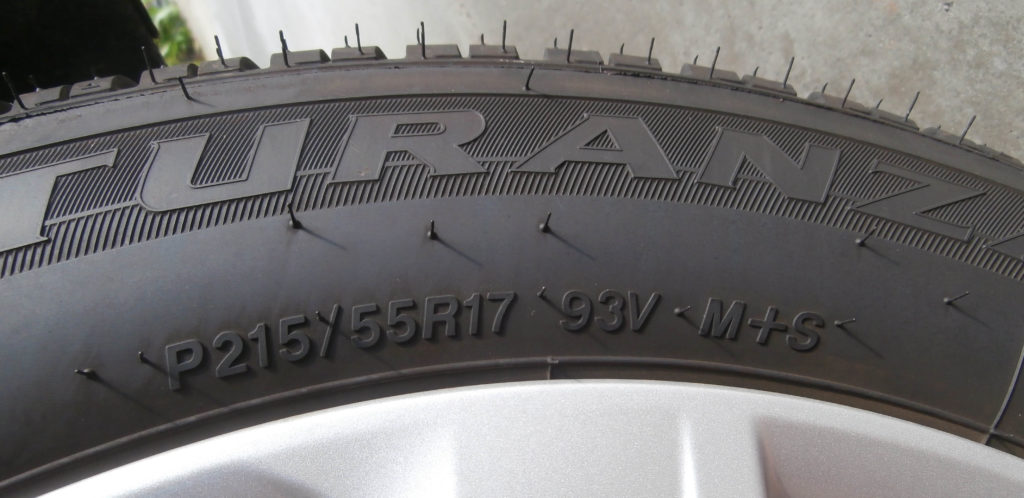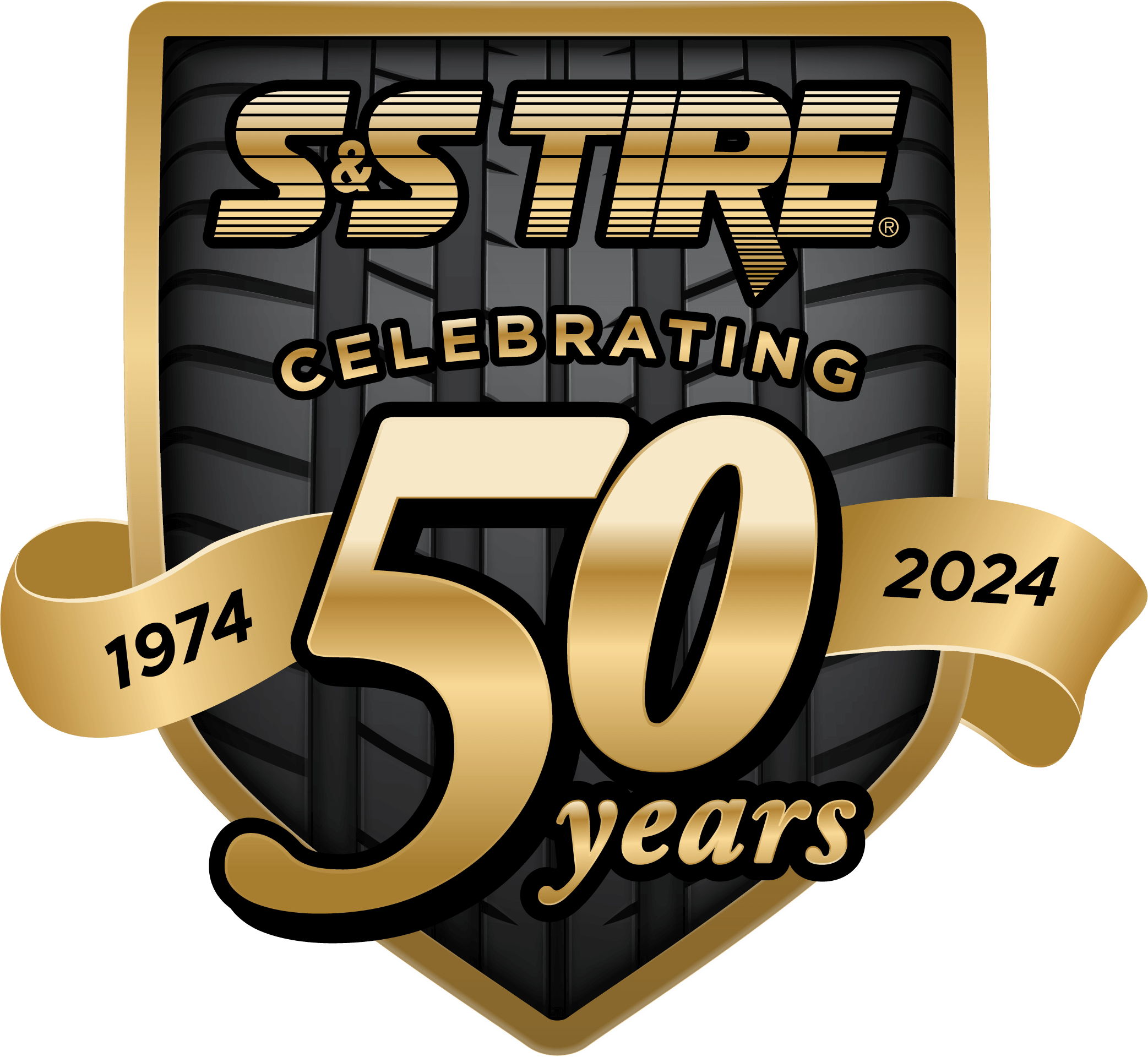This is the last post in our series on tire code. A uniform tire code is found on most every vehicle tire manufactured. Those who may be shopping for a new set of tires will find a wealth of information in this code to help them determine which type of tire to buy. The first post focused on the type of tire and section width and the second post looked at aspect ratio, tire construction and wheel diameter.
This week, we will examine the rest of the code.

 Performance Index
Performance Index
The tire performance index is displayed after the wheel diameter, and represents the tire’s load and speed ratings. In this case, the 93 load index represents 1,433 pounds, and the speed rating of V represents 149 mph.
Common Speed Ratings
| Letter |
L |
M |
N |
P |
Q |
R |
S |
T |
U |
H |
V |
| Max. MPH |
75 |
81 |
87 |
93 |
99 |
106 |
112 |
118 |
124 |
130 |
149 |
All-Season Tires with Mud and Snow Designation
When a tire has M+S on it, that means that it meets the Rubber Manufacturers Association (RMA) guidelines for a mud and snow tire. Similar markings for this include MS, M&S, and M/S. In order for a tire to receive the Mud and Snow designation, it must meet specific RMA geometric requirements.
Why are Load Index and Speed Rating Important?
A tire with the correct tire load index for your vehicle assures you that your tires are made to handle the weight of your vehicle. The speed rating shows the maximum speed your tires can handle, which tends to be more important in countries with roadways that are not subject to speed limitations.
Of course importance of the mud and snow designation will depend on the climate you live and drive in.
With the entire tire code, it is important to stick with your vehicle manufacturer’s recommended specifications to assure safe and optimal tire performance. Remember – choosing a dependable, quality tire is just the beginning. Your tires must also be developed for the best performance for your specific vehicle.
